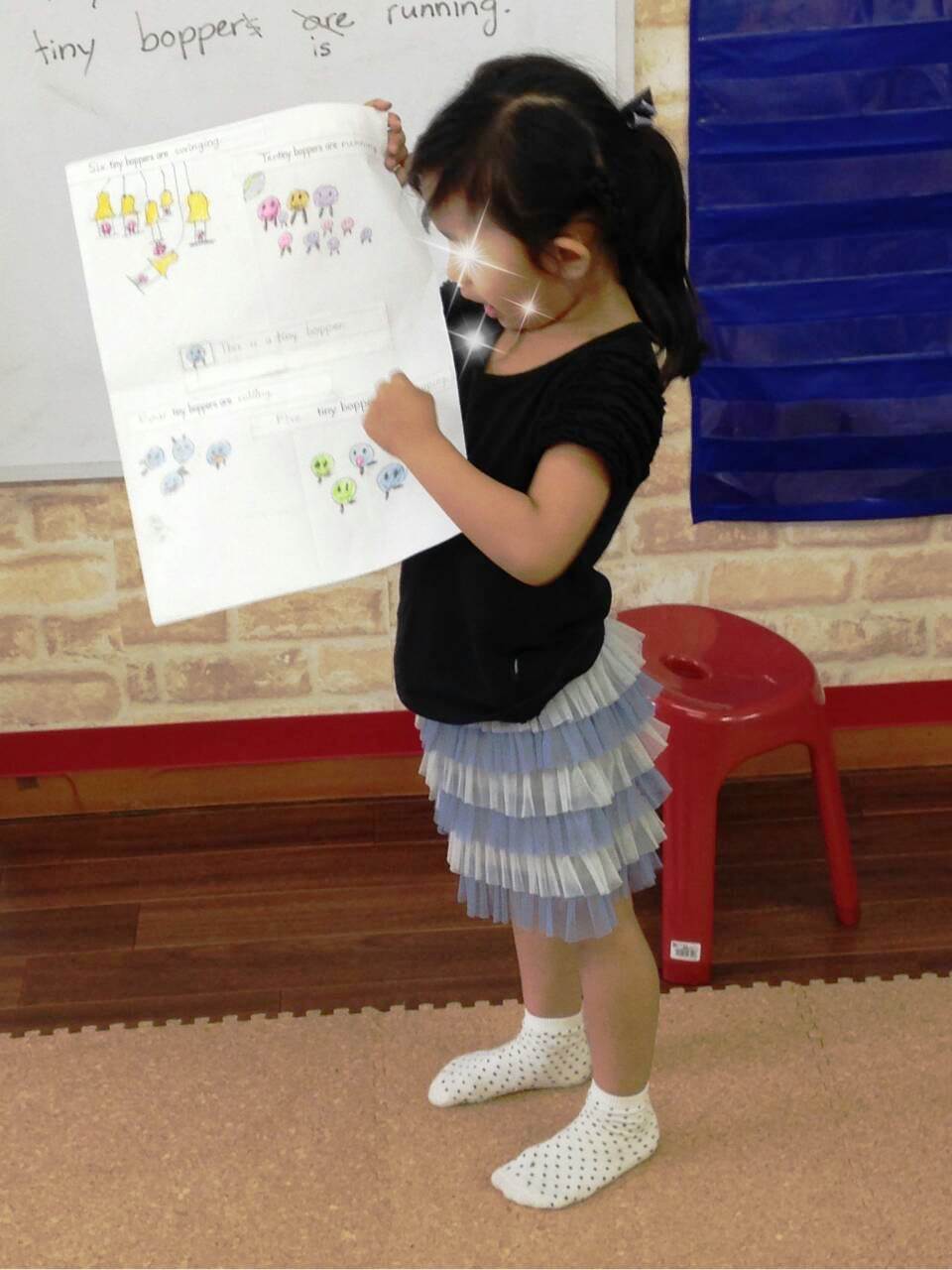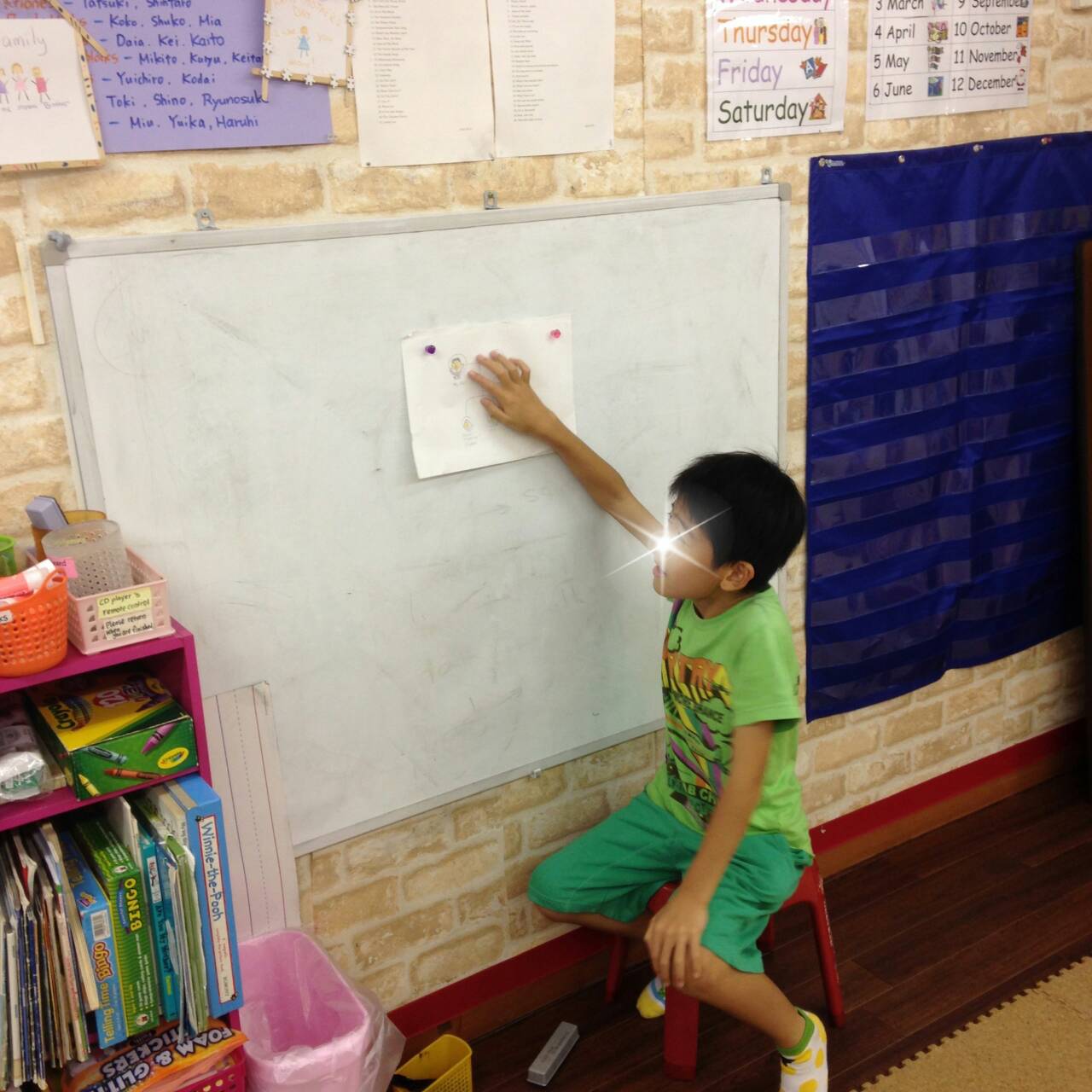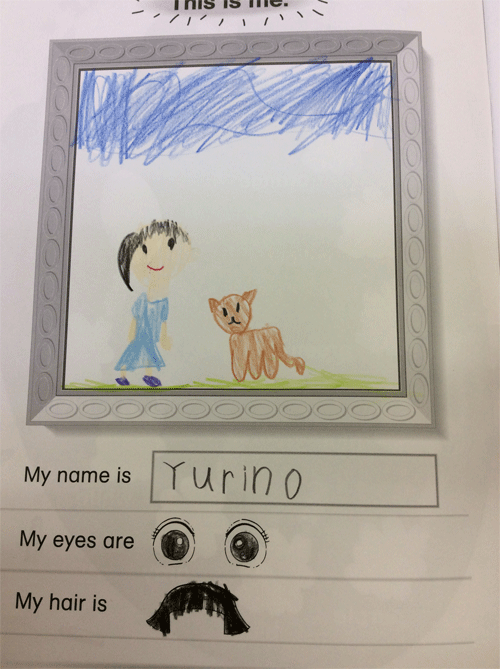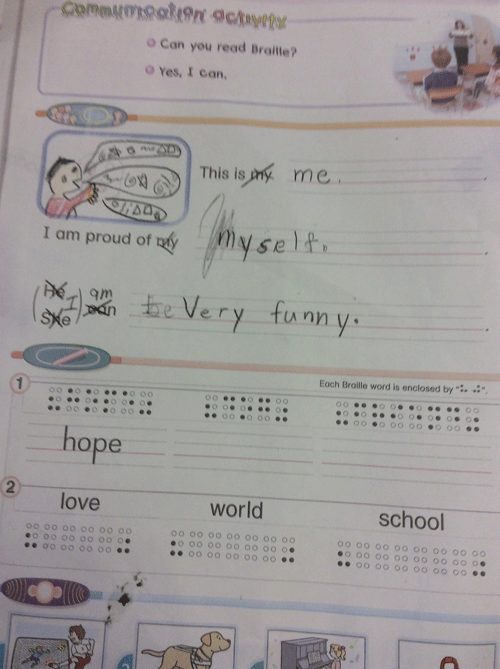

- 54. 10 Useful Pieces of Advice for Teaching with LEARNING WORLD #9 & 10
- 55. “Happy New Year!” “I don’t say that.”
- 53. Halloween 2019
- 52. READY Workbook Pg. 17
- 51. English-Uplift 1-Day Seminars
- 50. READY Workbook - vocabulary copying activity
- 49. 10 Useful Pieces of Advice for Teaching with LEARNING WORLD #8
- 48. 10 Useful Pieces of Advice for Teaching with LEARNING WORLD #7
- 47. 10 Useful Pieces of Advice for Teaching with LEARNING WORLD #6
- 46. 10 Useful Pieces of Advice for Teaching with LEARNING WORLD #5
- 45. 10 Useful Pieces of Advice for Teaching with LEARNING WORLD #4
- 44. 10 Useful Pieces of Advice for Teaching with LEARNING WORLD #3
- Kindergarten aged students
- Lower Elementary-school aged students
- Upper Elementary-school aged students
- Junior High and older students
- Others
44. 10 Useful Pieces of Advice for Teaching with LEARNING WORLD #3
In the coming days I’ll be posting my thoughts on each of the excellent 10 pieces of advice for Learning World teachers on
https://www.apricot-plaza.co.jp/en/advice-box/usage-and-methods/jikkkun:
This post will look at #3:
3. Don’t skip over the self-expression activities
To be an effective communicator in a foreign language, you need much more than just knowledge of the target language. You need to have communication strategies AND you need to have a positive attitude towards expressing yourself. The culture of Japan is unique and beautiful, and much of it stems from the discouragement of public individual expression. Communication strategies within the Japanese language too are so unlike any other cultures, bordering almost on telepathy. However, the Japanese need to put these beauties to one side if they want to use English as a tool for communication because English, in both language and culture, is not like Japanese at all.
With Japanese English education being so exam-oriented and not focused on communication, it’s no surprise that it gives no thought to strategy and self-expression. But even in many English conversation schools where communication ability is an educational goal, students’ strategy and attitude development is largely ignored.
The self-expression activities in LEARNING WORLD require our students to express an idea that’s unique for each student, and students are then required to present their work to the class. This experience is very valuable for students in at least two very important ways.
Firstly, by having students express an idea that’s unique to each, we as educators are sending them the message that their ideas/thoughts/opinions matter.
Secondly, by having students present their work to the class, we as educators are sending them the message that their ideas/thoughts/opinions have value.
Giving students these beliefs is vital for the development of effective communication because by its very nature communication is the sharing of ideas/thoughts/opinions. Furthermore, in a society that relies on creative talent to solve its problems, it’s imperative that individuals have a positive attitude towards self-expression.
Please don’t skip over the self-expression activities in LEARNING WORLD. They are vital “attitude-development exercises”. Over time you may find that students who have experience with these activities tend in class to speak out more than those students with little experience.
























